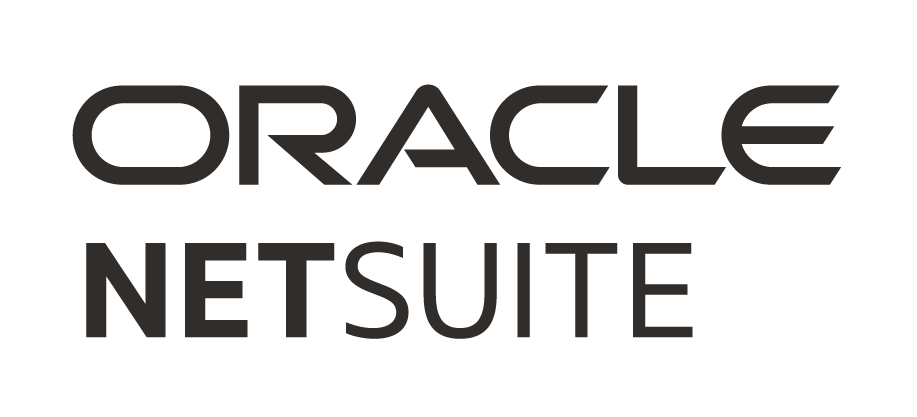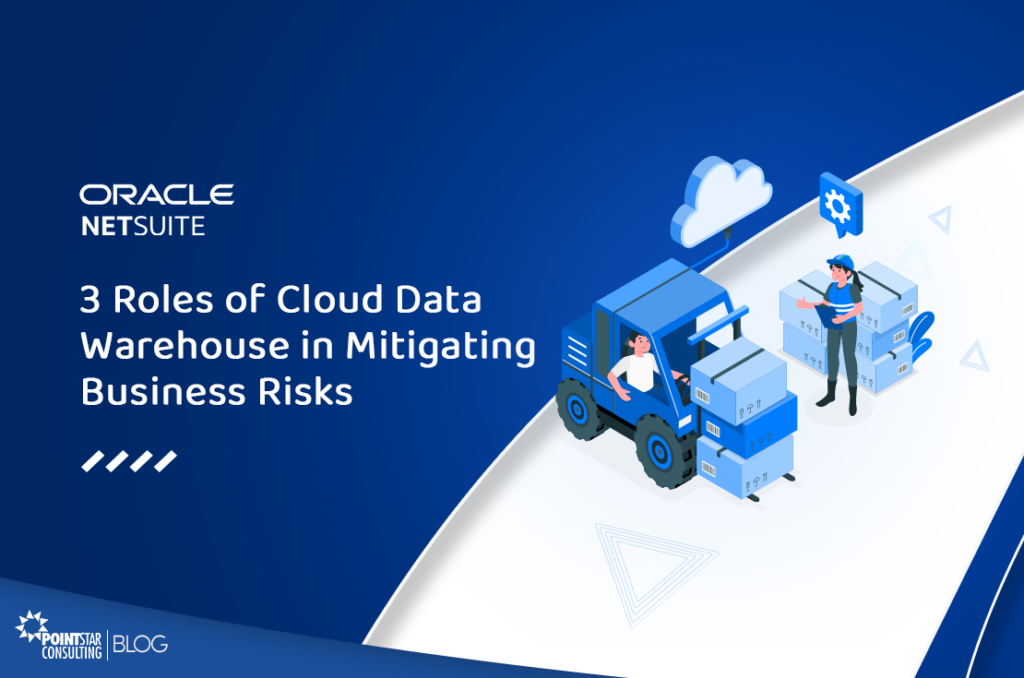Extraordinary macroeconomic transformations have introduced novel risks to the business landscape. As a response to the situation, finance teams must improve their risk assessment and risk management practices by capitalising on data from all areas of the company and involve data from beyond the business in risk management.
By combining internal and external data sources, your business can effectively reduce blind spots and minimise uncertainties. This enhanced visibility will provide a solid foundation for making informed and strategic decisions. While the integration of external data sources will offer valuable insights into the conditions of partners, suppliers, competitors, customers, and other market dynamics.
Now is the time to refine your risk management process, leveraging the power of data consolidation and the integration of external data sources. By doing so, your business can mitigate blind spots, supercharge decision-making, and position itself to sustainable growth and success in the current business landscape.
Optimising Risk Management Efforts Through the Adoption of a Cloud Data Warehouse
In today’s business landscape, recognising the value of utilising both internal and external data for decision-making is crucial. However, transforming this recognition into a reality can be challenging. Many businesses have data scattered across various systems that lack connectivity, such as ERPs, ecommerce platforms, project management systems, and spreadsheets. Moreover, even when these systems are connected, it is often not specifically for risk management purposes.
To address these challenges, CFOs are taking on the role of technology champions and collaborating with the rest of the C-suite. Among the arsenal of tools at their disposal, a cloud data warehouse is one of them.
A cloud data warehouse serves as a central repository that consolidates data from different areas of the business. It goes beyond internal data by incorporating external data sources, and it can also preserve data from legacy systems, giving businesses the flexibility to retire them when needed. By integrating data from multiple systems, such as financial, operational, and customer data, risk managers gain a comprehensive view of the companies’ risk landscape. This integrated data approach enables better risk identification, assessment, and monitoring.
By adopting a cloud data warehouse, businesses can optimise their risk management efforts and proactively identify, assess, and mitigate risks, which ultimately enhances their ability to navigate the ever-changing business landscape with confidence.
The Role of Cloud Data Warehouse in Mitigating Business Risks
Role #1: Overcoming Cost Challenges from Disconnected Subsidiaries
Disconnected subsidiaries can pose a significant risk to business operations, especially when it comes to managing costs effectively. In many cases, organisations struggle to obtain a comprehensive view of financial performance across subsidiaries, leading to inefficient and manual processes for data aggregation and analysis. This lack of visibility hampers decision-making and planning efforts, while also incurring substantial costs to maintain disparate systems.
However, by leveraging the role of a cloud data warehouse, businesses can mitigate this risk and achieve better cost control. For instance, once there was a manufacturer that faced similar challenges with 15 independently operating subsidiaries. To address the issue, they consolidated their data in Oracle NetSuite Analytics Warehouse, eliminating the need for manual data manipulation in spreadsheets and BI tools.
This consolidation enabled the manufacturer to gain a holistic view of financial and operational performance across subsidiaries, providing valuable insights for planning and decision-making. Moreover, by sunsetting their old infrastructure and relying on the cloud data warehouse, they significantly reduced costs by 66%. The entire team now had access to visualisations of each subsidiary’s financial and operational performance, enabling them to identify cost-saving opportunities and streamline their overall financial management.
Role #2: Improving Sales Performance through Enhanced Channel Visibility
Achieving sales targets is a critical objective for businesses, but inadequate visibility into sales channels can significantly hinder this goal. In one case, an accessories retailer faced challenges in forecasting sales across multiple channels. Their existing business intelligence (BI) tool struggled to aggregate and analyse data from various sources such as multiple Shopify instances, Google Analytics, Google Ads, and more.
To overcome this challenge and mitigate the risk of missed sales targets, the retailer transitioned to Oracle NetSuite Analytics Warehouse, which proved instrumental in improving their channel visibility. With the cloud data warehouse, they gained the capability to effortlessly integrate and analyse data from each of these diverse sources.
By leveraging a cloud data warehouse solution like Oracle NetSuite Analytics Warehouse, businesses can seamlessly integrate data from multiple sources, apply advanced analytics capabilities, and enhance their forecasting accuracy. The result is improved visibility into sales channels, optimised inventory management, and increased sales performance, ultimately mitigating the risk of falling short of sales targets.
Role #3 Enhancing Customer Satisfaction by Streamlining Inventory Visibility
In today’s fast-paced business environment, the accuracy and timeliness of inventory data are crucial to meet customer demands. However, relying on outdated inventory data poses a significant risk for businesses. One example comes from Oracle NetSuite’s customer, a drinkware wholesaler, that struggled to respond effectively to changes in customer demand due to manual processes. Their team would manually export data from their ERP and ecommerce systems into spreadsheets to track inventory levels, leading to delays and the use of stale data. Recognising the potential impact on customer satisfaction and retention, the wholesaler sought a solution.
By leveraging the power of Oracle NetSuite Analytics Warehouse, the wholesaler overcame the challenges associated with outdated inventory data. The cloud data warehouse enabled the integration of data from the ERP system with Google Analytics, providing a comprehensive view of inventory activity. With the solution’s automated capabilities, the wholesaler now receives daily inventory scorecards and SKU-level forecasts. This empowers the team to anticipate and respond to customer demand more effectively, resulting in improved customer retention, cost reduction, and the ability to seize opportunities in a rapidly changing market.
By replacing manual processes and spreadsheets with a cloud data warehouse like Oracle NetSuite Analytics Warehouse, businesses can blend data from different sources, automate reporting and forecasting, and gain real-time insights into inventory levels.
Final Thoughts
In a highly volatile environment where business success is largely driven by cutting-edge technology, the ability to make the most out of available data makes a huge difference.
Data from disparate sources that are not integrated can be rendered useless. Finding robust analytical solutions to make the most out of your data is critical.
Even more critical is your choice when choosing which cloud solutions provider to work with. While working directly with a solutions provider has its allure, it is worth noting that a solutions partner like PointStar Consulting provides a comprehensive suite of solutions that cater to your business needs. Solutions providers like PointStar Consulting have the technical expertise, regional presence, and a keen understanding of different business pain points to offer organisations a highly customised suite of solutions addressing each business’s needs.



